'I’m So Happy You Are Here': discover the work of Japanese women photographers
Subtitled ‘Japanese Women Photographers from the 1950s to Now’, this new monograph from Aperture is a fascinating insight into a critically overlooked body of work
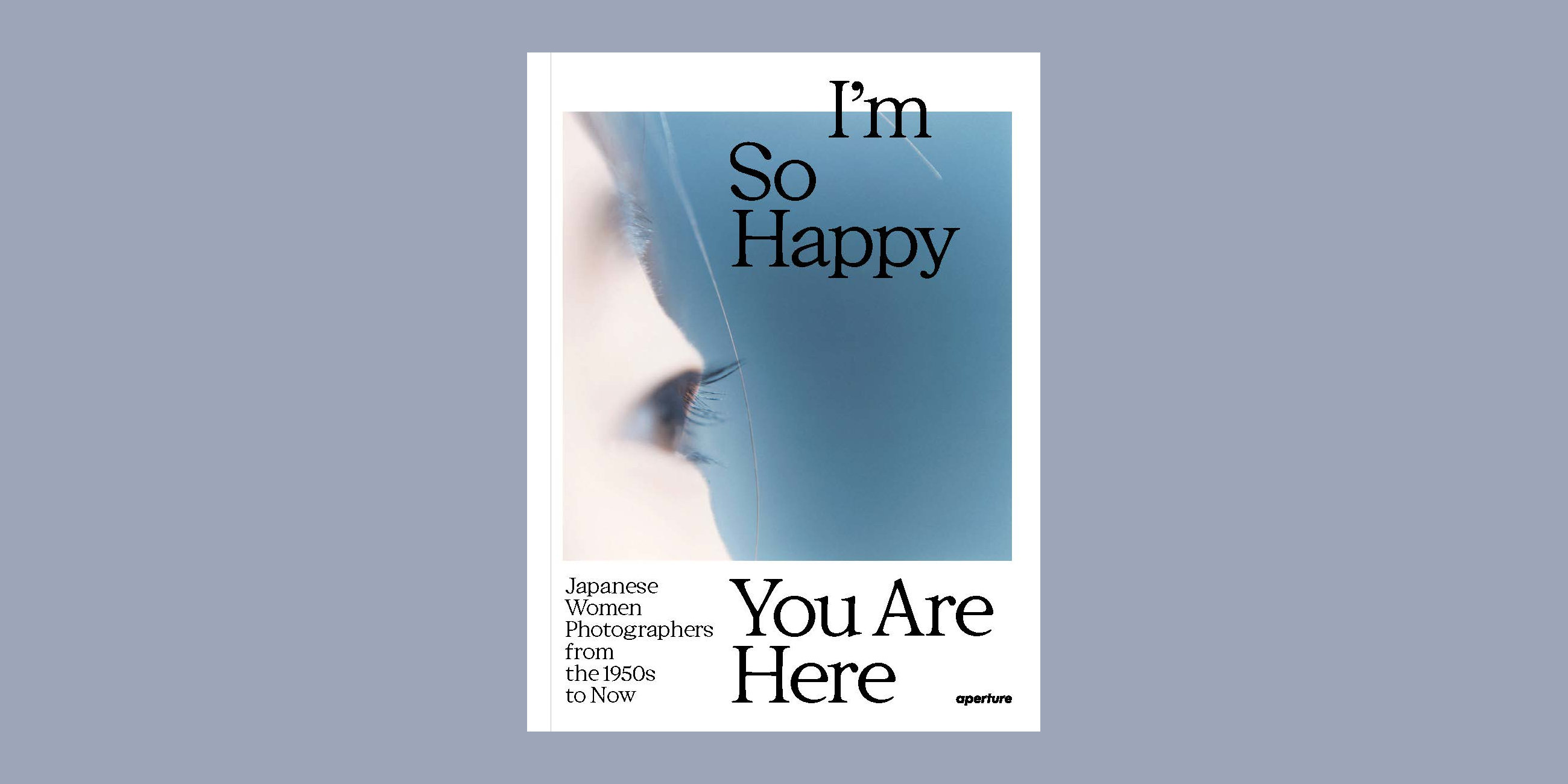
Aperture describes this new photographic monograph as an attempt to 'tend to critical gaps' in the histiography of photography. Featuring 25 portfolios by pioneering Japanese women photographers from the middle of the century onwards, the book has been accompanied by a travelling exhibition. It’s also received a good deal of acclaim for the broad but absent worlds it chronicles within this superficially narrow focus.
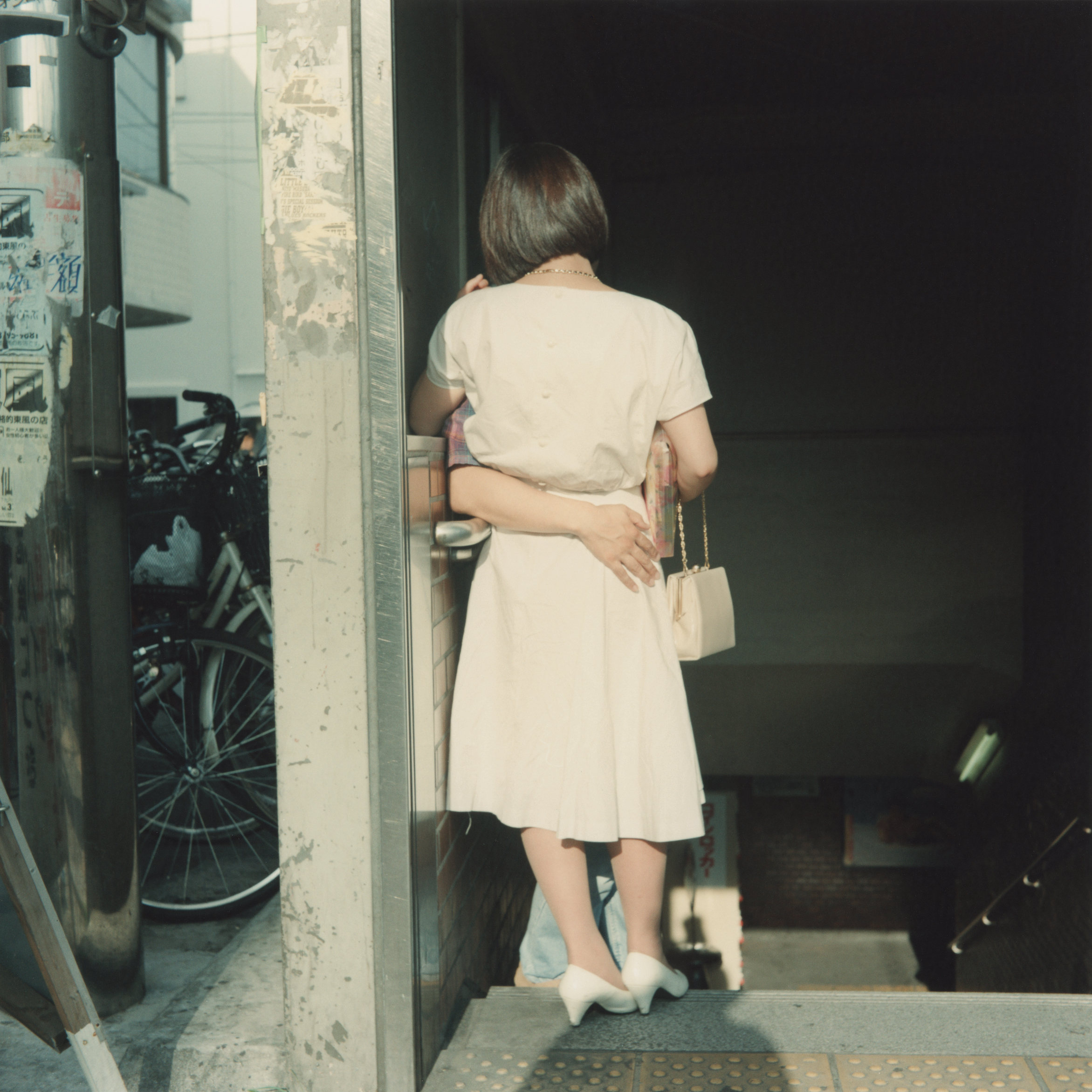
Hara Mikiko, Untitled, 1996
With contributions from a number of curators, critics, academics and photographers from around the world, including Pauline Vermare, Lesley A Martin, Takeuchi Mariko, Carrie Cushman, Kelly Midori McCormick, Marc Feustel and Russet Lederman, the book prefaces its portfolio section with essays and writings on the historic and social framework these photographers were operating.
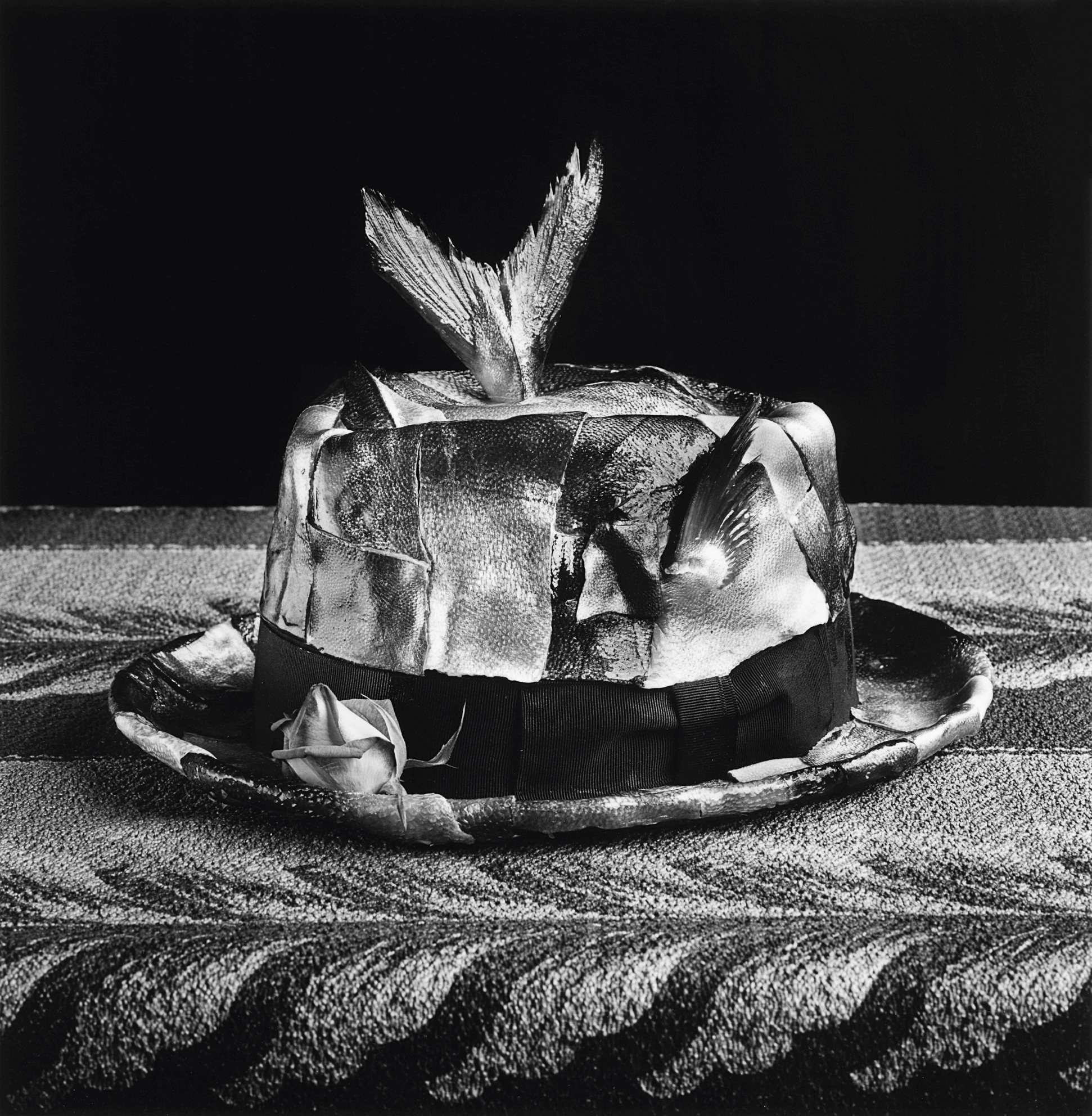
Kon Michiko, Inada + Boshi (Yellowtail and hat), 1986
As Pauline Vermare notes in her introductory essay, 'this volume only includes a fraction of the work created by Japanese women photographers from the birth of the medium to the present day. It is intended as an inaugural repository of photographs and stories that have largely been absent from the annals of photography's history, the history of Japanese photography and the histiography of the visual representation of Japan.' This is a triple absence, one that the book does well to mitigate, especially when predetermined gender roles and structures are finally being challenged.
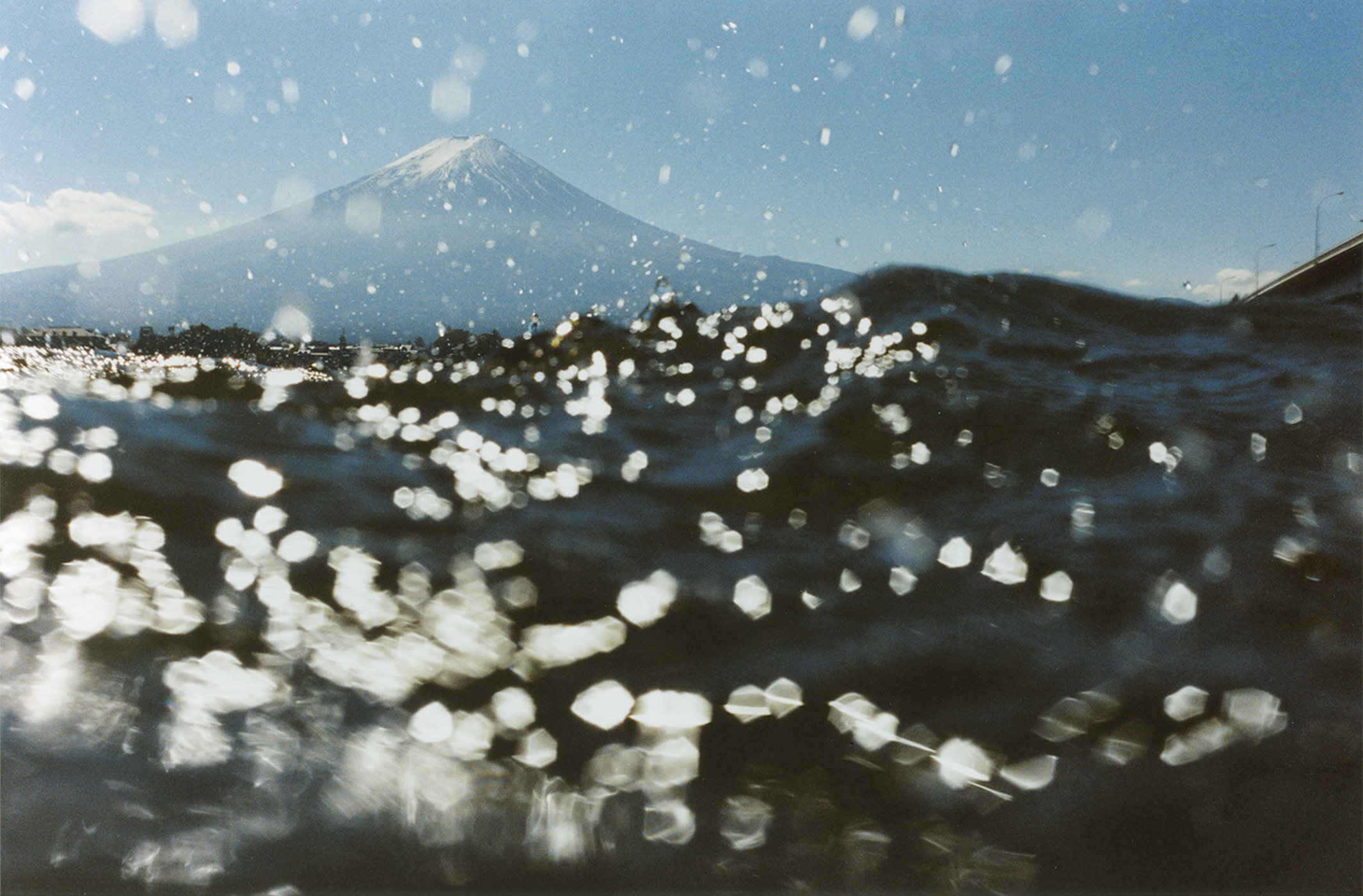
Narahashi Asako, Kawaguchiko, 2003 (from the series half awake and half asleep in the water)
Portfolios includes work by Hara Mikiko, Ishikawa Mao, Ishiuchi Miyako, Katayama Mari, Kawauchi Rinko, Komatsu Hiroko, Kon Michiko, Nagashima Yurie, Narahashi Asako, Ninagawa Mika, Nishimura Tamiko, Noguchi Rika, Nomura Sakiko, Okabe Momo, Okanoue Toshiko, Onodera Yuki, Sawada Tomoko, Shiga Lieko, Sugiura Kunié, Tawada Yuki, Tokiwa Toyoko, Ushioda Tokuko, Watanabe Hitomi, Yamazawa Eiko, and Yanagi Miwa.
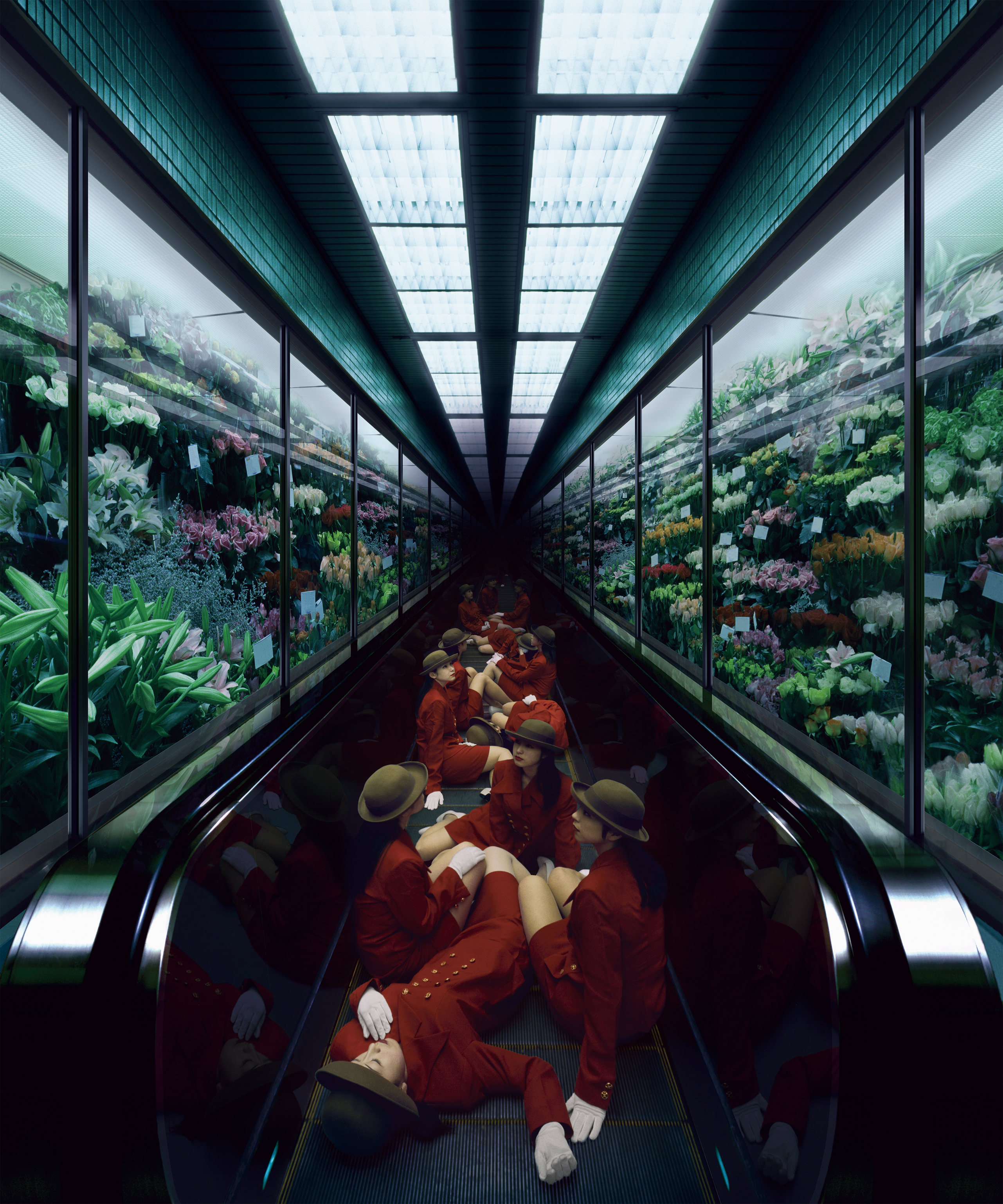
Yanagi Miwa, Elevator Girl House 1F, 1997 (from the series Elevator Girl)
The book contains a multitude of worlds and stories, with work that tackles history, disability, family, sexuality and identity, through surrealism, reportage, collage, landscape and still life. An illustrated bibliography frames some of the more significant photo books and monographs published during the period, providing essential and fascinating context.
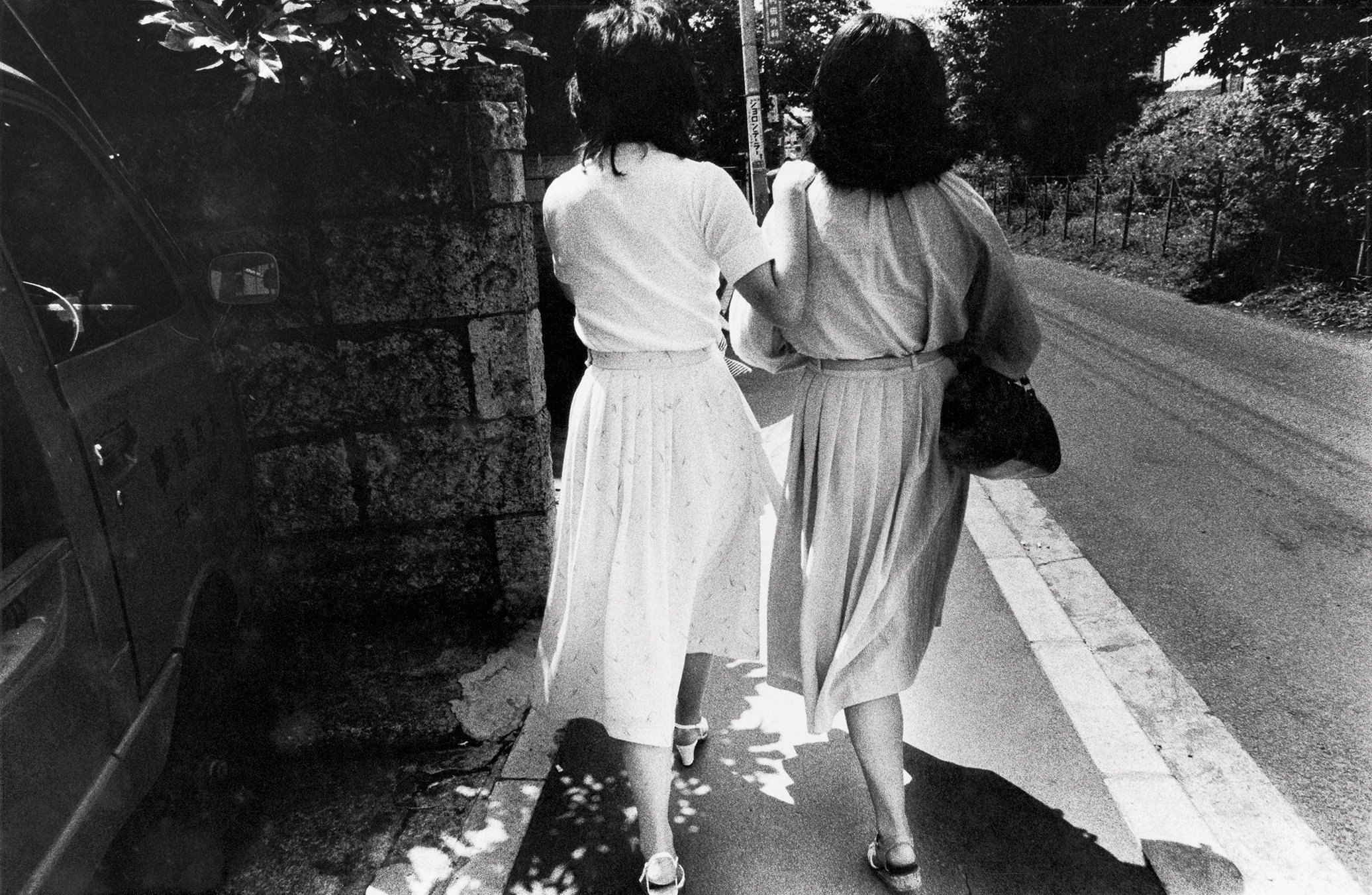
Nishimura Tamiko, Mitaka, Tokyo, 1978 (from the series Zoku (My Journey II))
I’m So Happy You Are Here: Japanese Women Photographers from the 1950s to Now, Aperture, £60.00, Aperture.org, Amazon.co.uk
Receive our daily digest of inspiration, escapism and design stories from around the world direct to your inbox.
Jonathan Bell has written for Wallpaper* magazine since 1999, covering everything from architecture and transport design to books, tech and graphic design. He is now the magazine’s Transport and Technology Editor. Jonathan has written and edited 15 books, including Concept Car Design, 21st Century House, and The New Modern House. He is also the host of Wallpaper’s first podcast.
-
 Year in review: the shape of mobility to come in our list of the top 10 concept cars of 2025
Year in review: the shape of mobility to come in our list of the top 10 concept cars of 2025Concept cars remain hugely popular ways to stoke interest in innovation and future forms. Here are our ten best conceptual visions from 2025
-
 These Guadalajara architects mix modernism with traditional local materials and craft
These Guadalajara architects mix modernism with traditional local materials and craftGuadalajara architects Laura Barba and Luis Aurelio of Barbapiña Arquitectos design drawing on the past to imagine the future
-
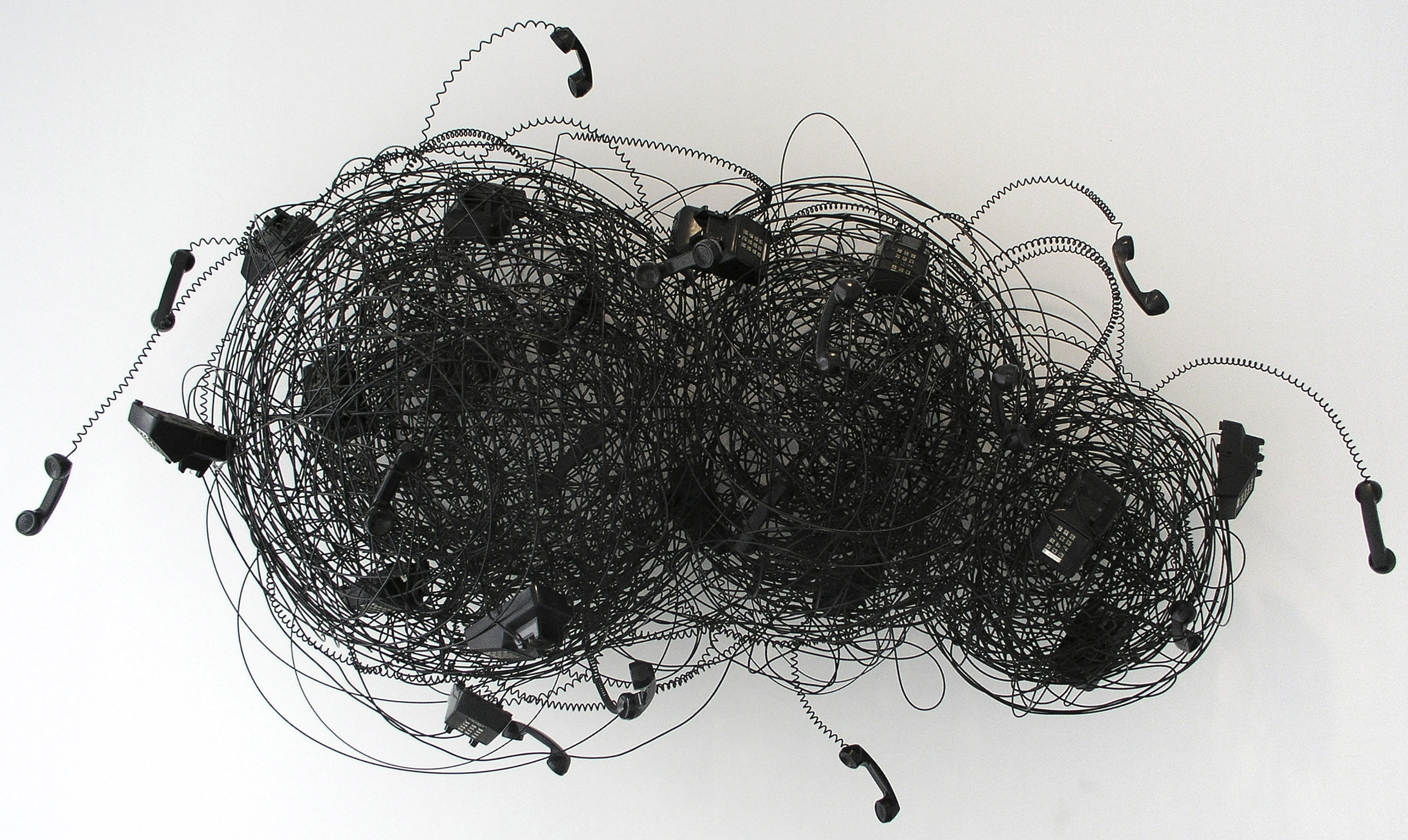 Robert Therrien's largest-ever museum show in Los Angeles is enduringly appealing
Robert Therrien's largest-ever museum show in Los Angeles is enduringly appealing'This is a Story' at The Broad unites 120 of Robert Therrien's sculptures, paintings and works on paper
-
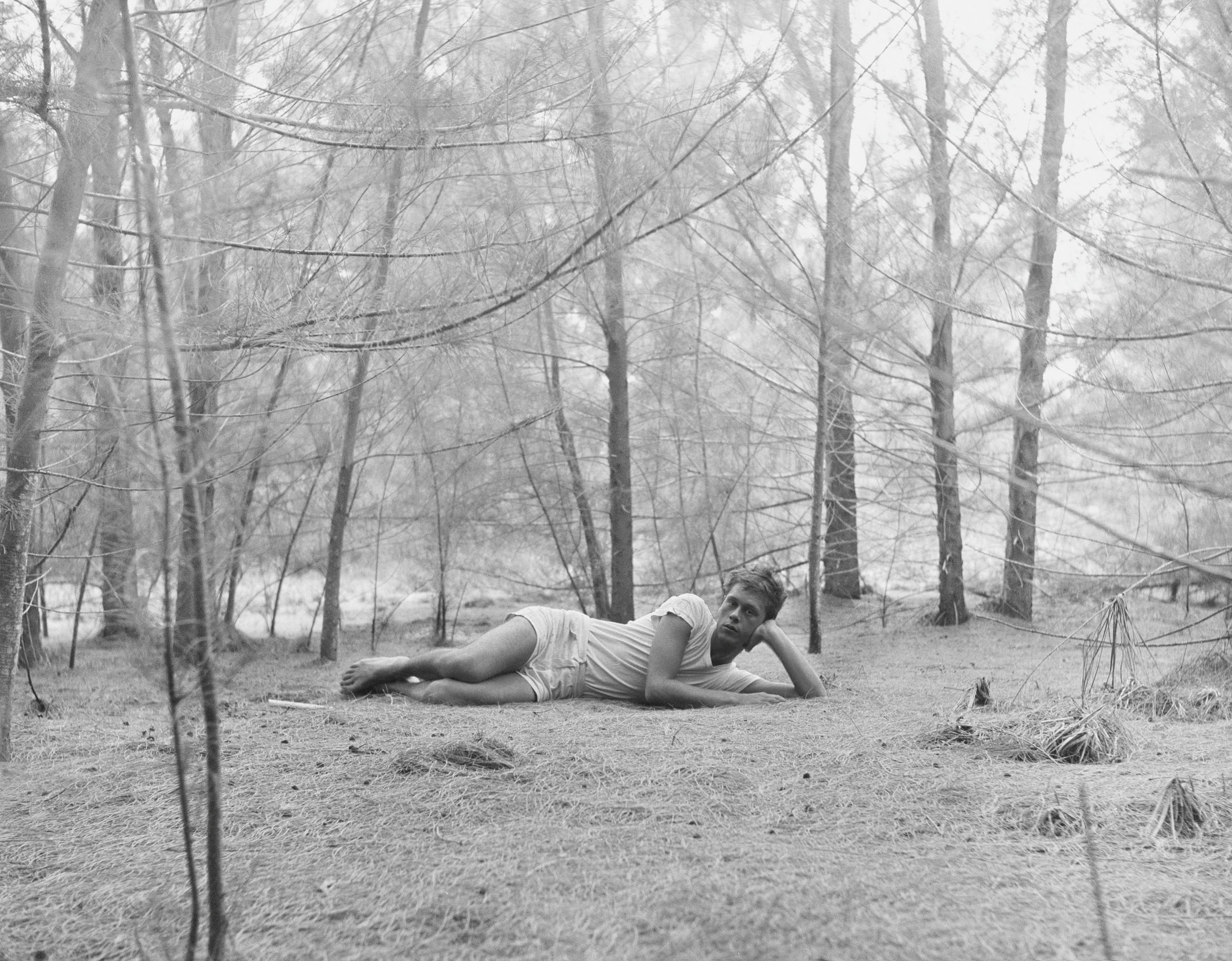 Inside the seductive and mischievous relationship between Paul Thek and Peter Hujar
Inside the seductive and mischievous relationship between Paul Thek and Peter HujarUntil now, little has been known about the deep friendship between artist Thek and photographer Hujar, something set to change with the release of their previously unpublished letters and photographs
-
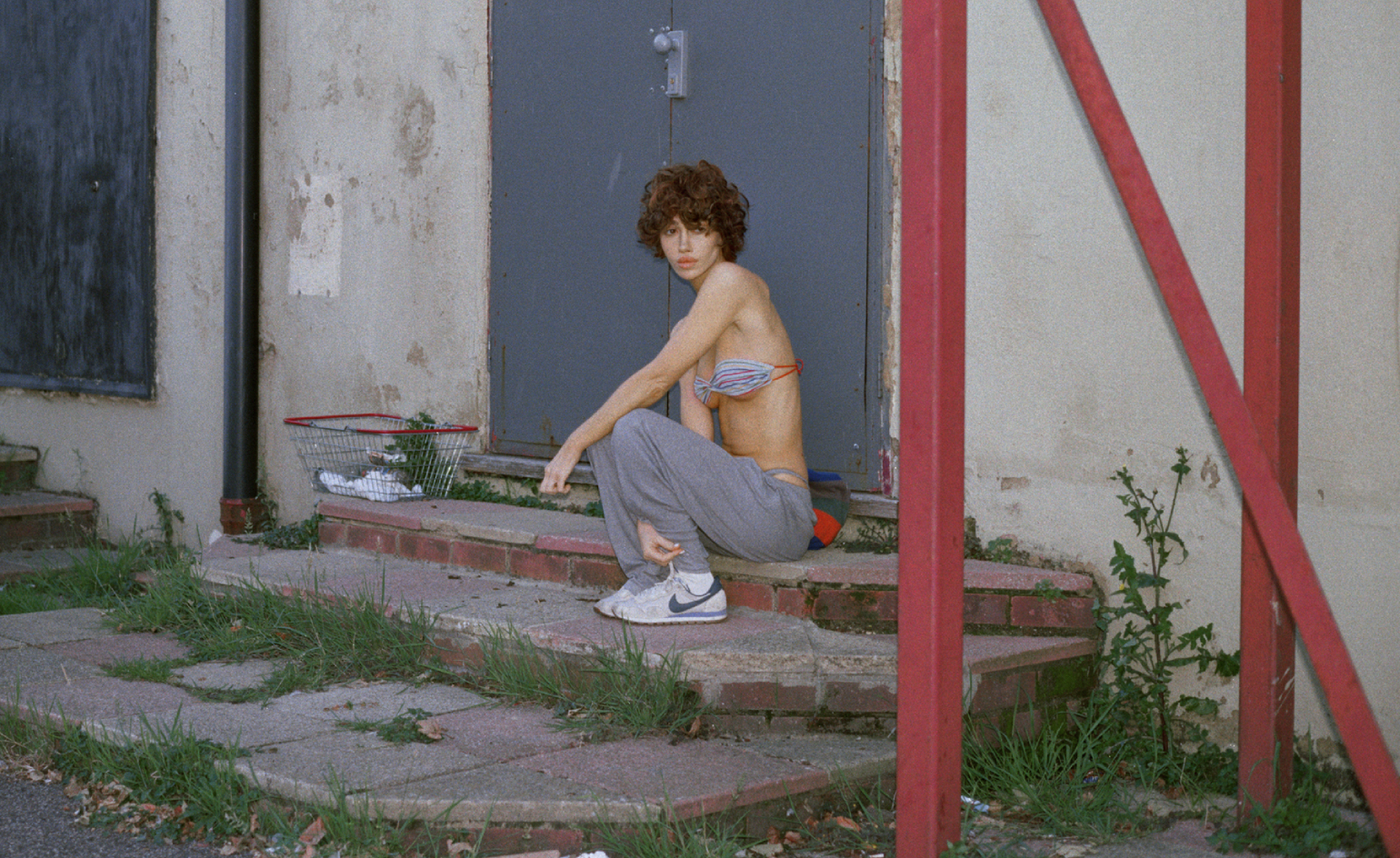 Nadia Lee Cohen distils a distant American memory into an unflinching new photo book
Nadia Lee Cohen distils a distant American memory into an unflinching new photo book‘Holy Ohio’ documents the British photographer and filmmaker’s personal journey as she reconnects with distant family and her earliest American memories
-
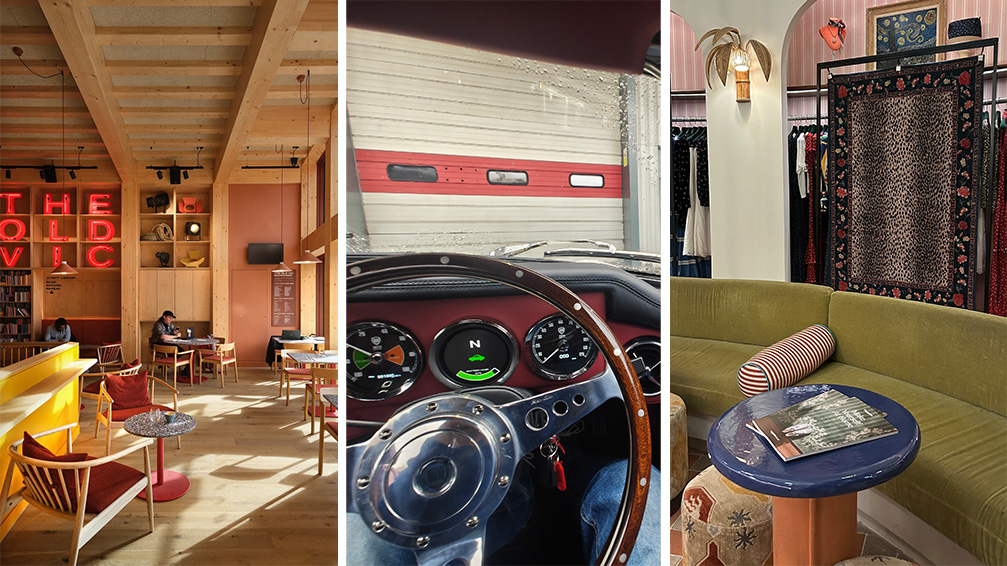 Out of office: The Wallpaper* editors’ picks of the week
Out of office: The Wallpaper* editors’ picks of the weekThe rain is falling, the nights are closing in, and it’s still a bit too early to get excited for Christmas, but this week, the Wallpaper* team brought warmth to the gloom with cosy interiors, good books, and a Hebridean dram
-
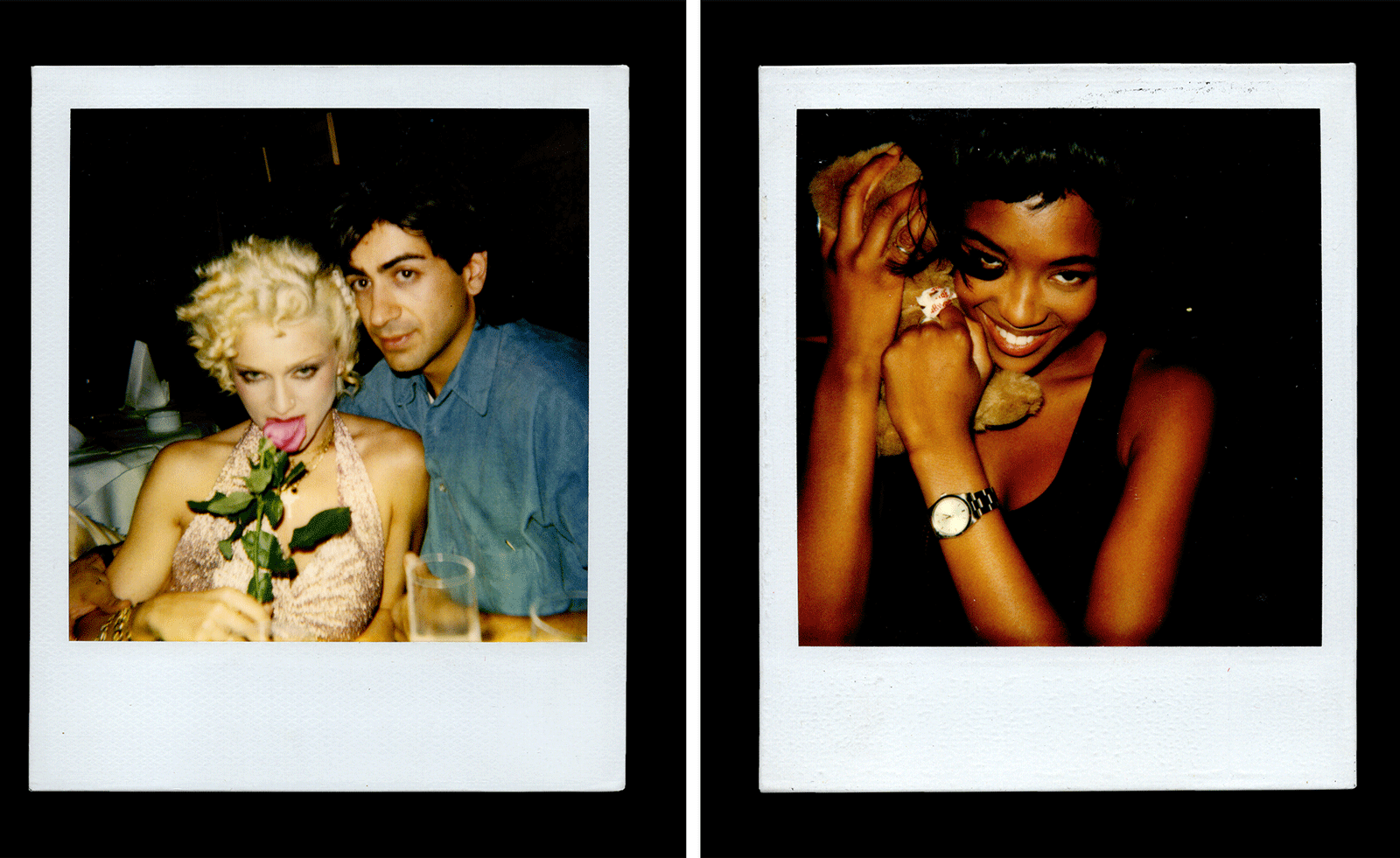 Inside Davé, Polaroids from a little-known Paris hotspot where the A-list played
Inside Davé, Polaroids from a little-known Paris hotspot where the A-list playedChinese restaurant Davé drew in A-list celebrities for three decades. What happened behind closed doors? A new book of Polaroids looks back
-
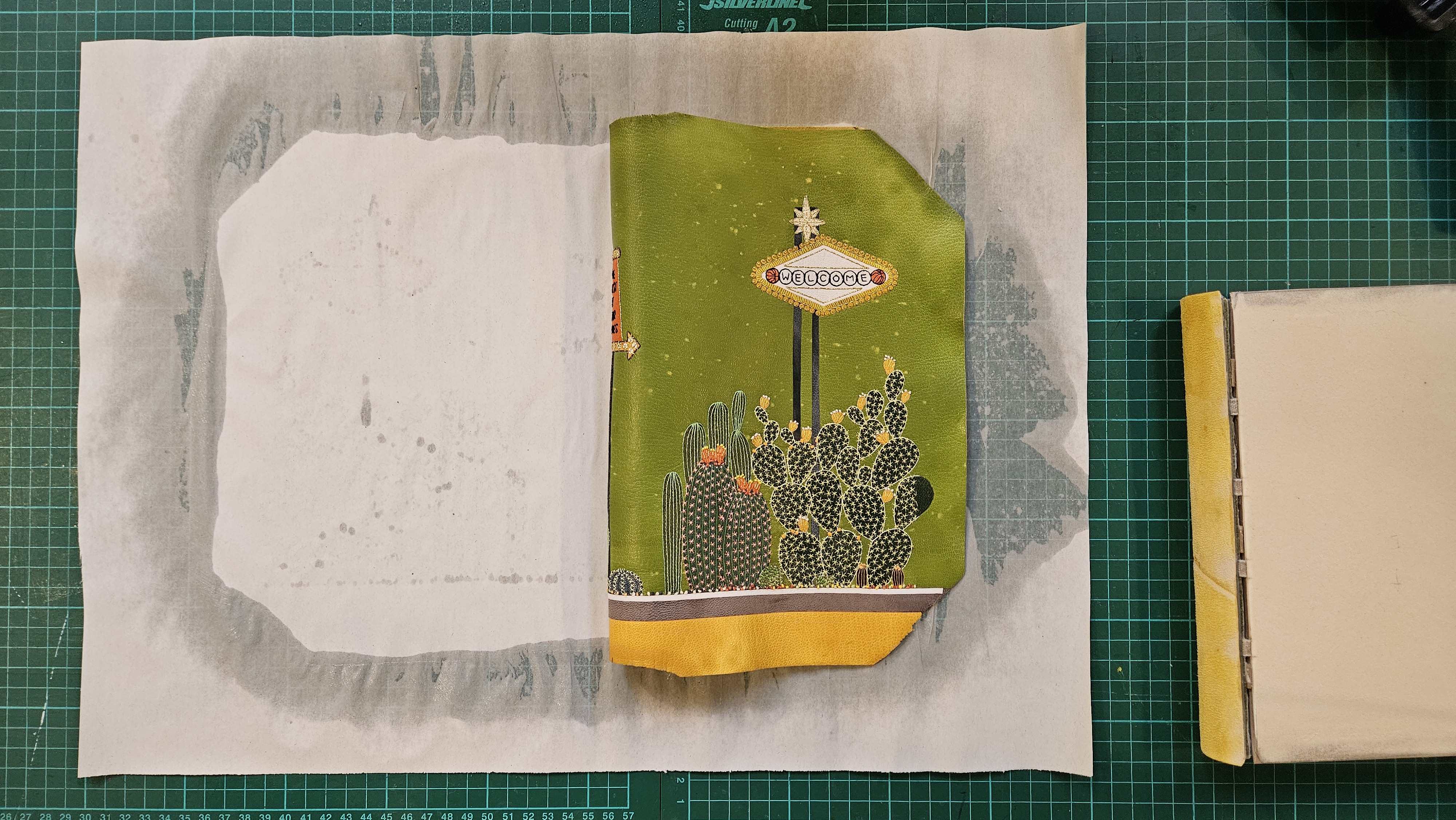 Inside the process of creating the one-of-a-kind book edition gifted to the Booker Prize shortlisted authors
Inside the process of creating the one-of-a-kind book edition gifted to the Booker Prize shortlisted authorsFor over 30 years each work on the Booker Prize shortlist are assigned an artisan bookbinder to produce a one-off edition for the author. We meet one of the artists behind this year’s creations
-
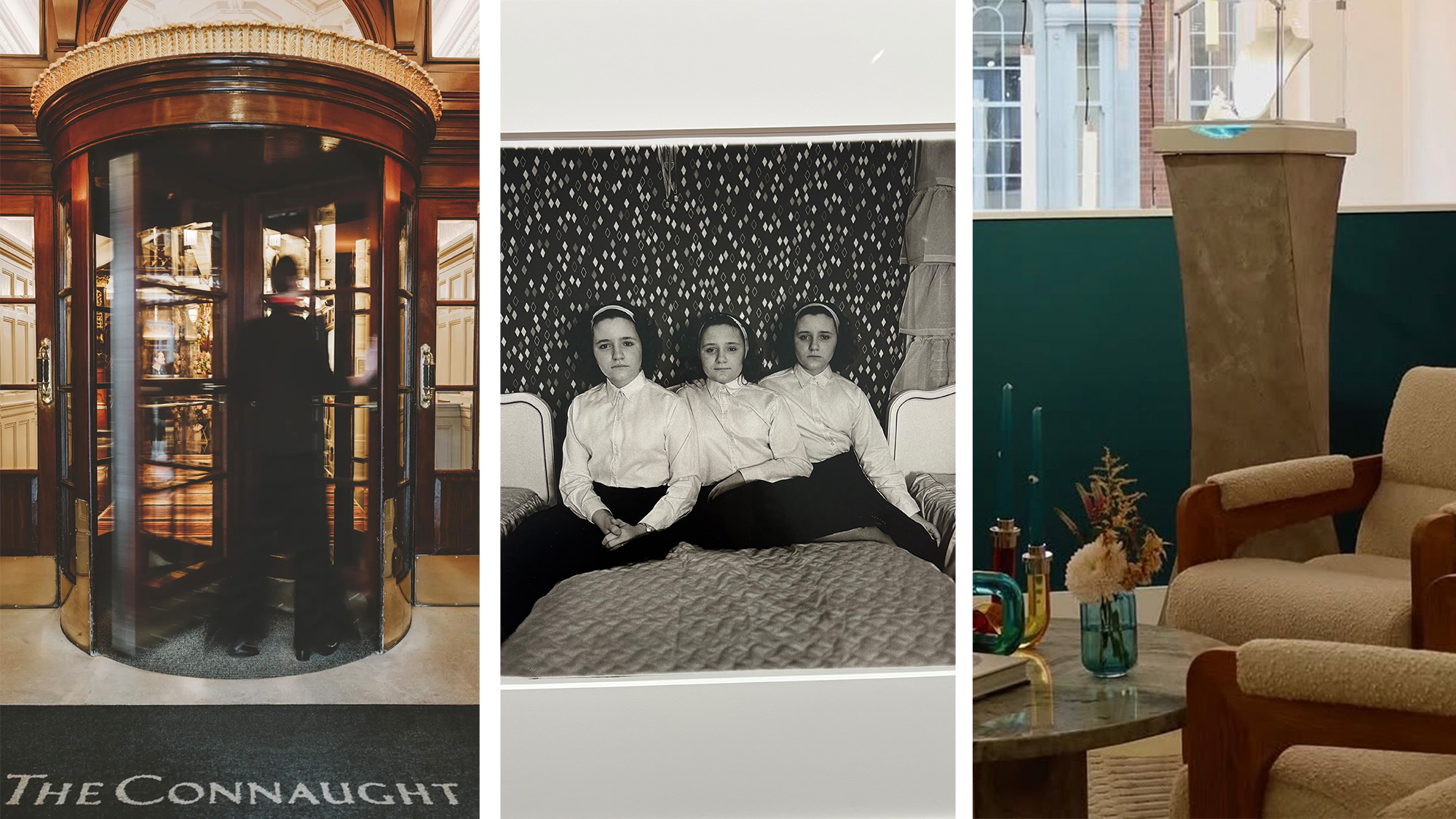 Out of office: The Wallpaper* editors’ picks of the week
Out of office: The Wallpaper* editors’ picks of the weekThis week, the Wallpaper* editors curated a diverse mix of experiences, from meeting diamond entrepreneurs and exploring perfume exhibitions to indulging in the the spectacle of a Middle Eastern Christmas
-
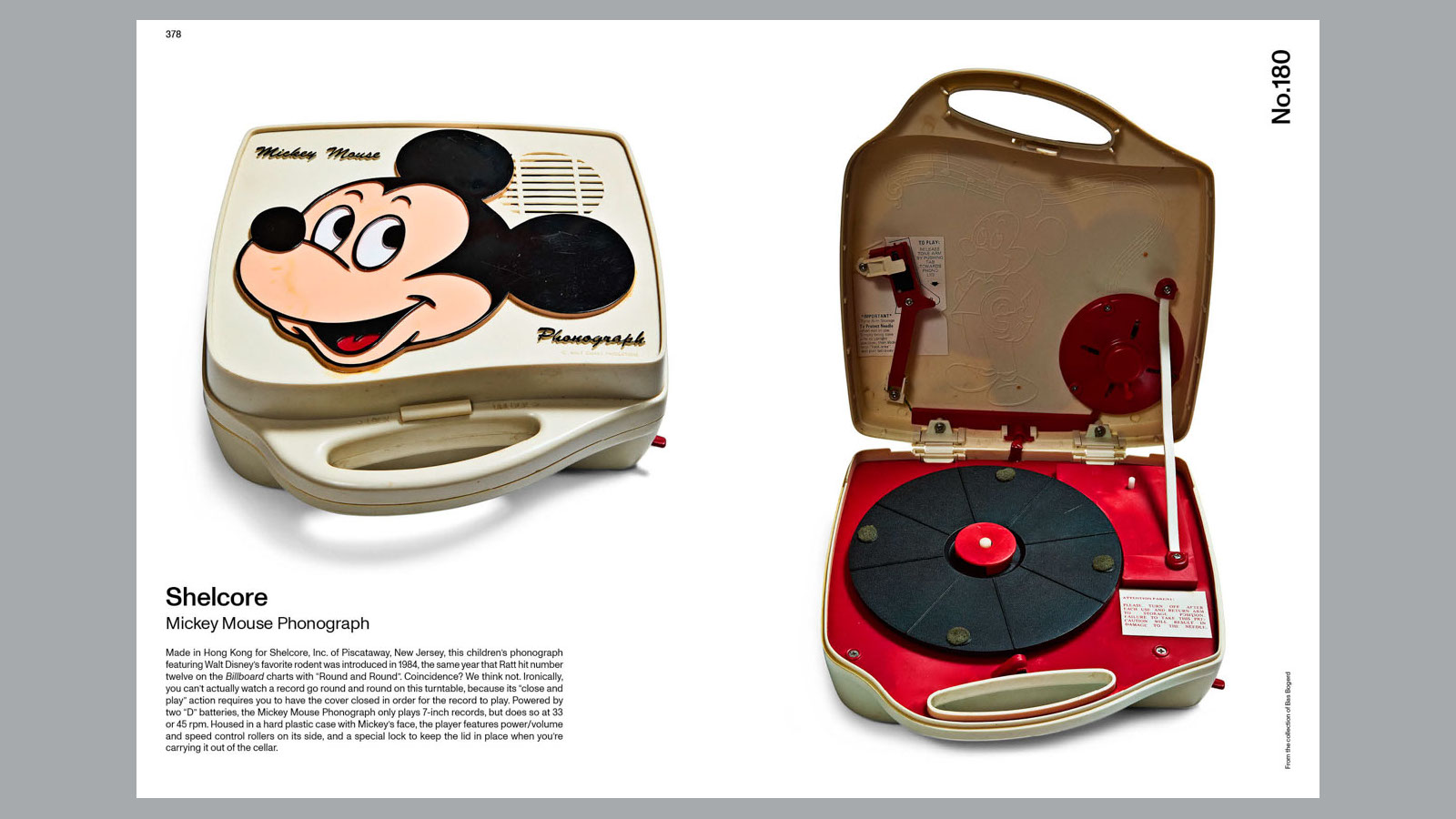 14 of the best new books for music buffs
14 of the best new books for music buffsFrom music-making tech to NME cover stars, portable turntables and the story behind industry legends – new books about the culture and craft of recorded sound
-
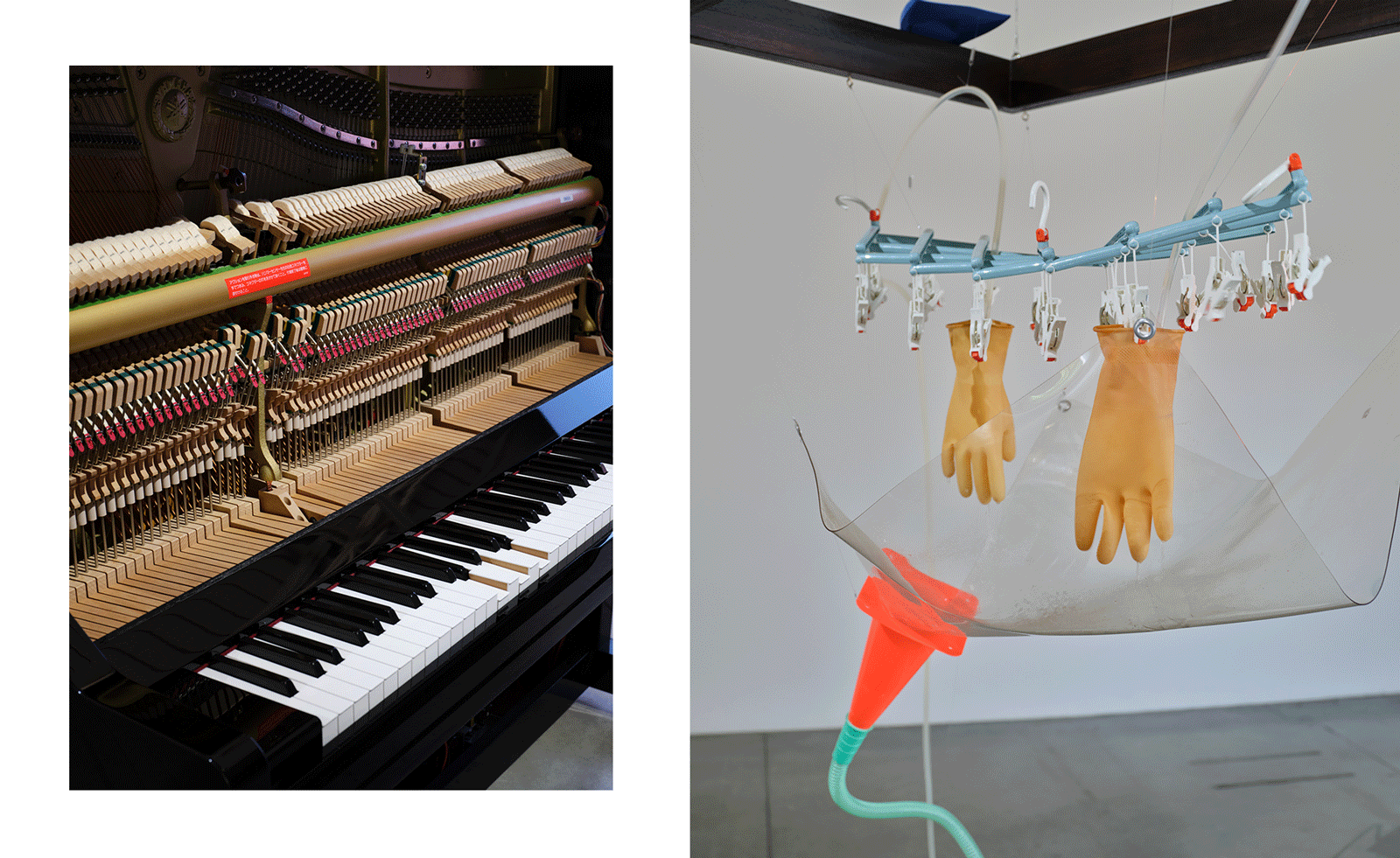 Yuko Mohri’s living installations play on Marcel Duchamp’s surrealism
Yuko Mohri’s living installations play on Marcel Duchamp’s surrealismThe artist’s seven new works on show at Milan’s Pirelli HangarBicocca explore the real and imaginary connections that run through society